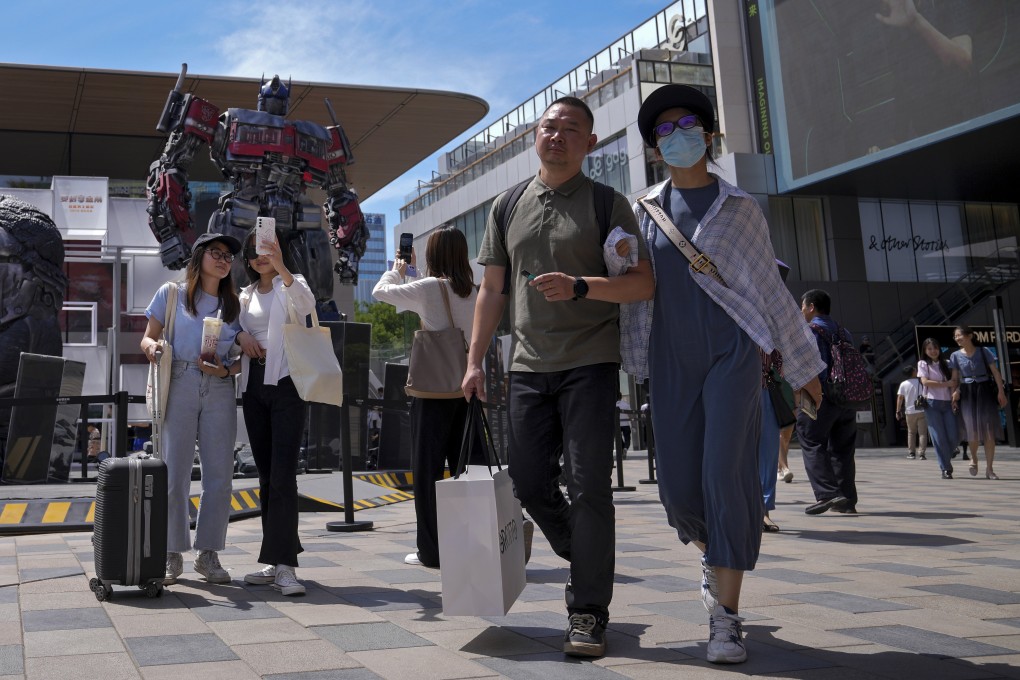China’s luxury goods market posts ‘robust rebound’, but post-Covid uncertainties remain
- China’s luxury goods market recorded 12 per cent year-on-year growth in 2023, according to Bain & Company, bouncing back from 10 per cent decline a year earlier
- Challenges posed by the recovery of consumer confidence and the evolution of overseas luxury shopping remain, even with China still seen as a leading luxury market

China’s luxury goods market enjoyed a “robust rebound” last year, but a challenging economic climate and increased overseas shopping limited its recovery, according to a new report from a global consulting firm.
The sector recorded 12 per cent year-on-year growth in 2023, Bain & Company said on Wednesday, following a 10 per cent decline a year earlier.
The recovery in the gauge that measures the purchasing power of expensive goods was helped by a low base in the second quarter of 2022.
But the second half of last year witnessed weaker growth mainly driven by a decline in consumer sentiment among middle- and high-income individuals, coupled with a high base in the third quarter, the report added.
Uncertainties remain regarding the speed at which consumer confidence will resume and how overseas luxury shopping will evolve
In 2021, China’s domestic sales of personal luxury goods increased by 36 per cent year on year to nearly 471 billion yuan (US$66 billion), according to Bain, as Chinese consumers were largely limited to domestic travel due to the coronavirus.